Tropical Rainforest Plants
Getting to know the native habitats of tropical rainforest plants helps us to understand their unique care requirements.
Thankfully, the types of tropical plants we grow in our homes and offices are much easier to please indoors than their wild relatives. They weren't just plucked from the forest and placed in a pot. Many are hybrids and they've been cultivated in greenhouses so they are acclimated to drier conditions, making them much more compatible with the great indoors.
Among the most common plants in the tropical rainforest are palms and ferns. There are thousands of different kinds of them. And among the Amazon rainforest plants are some of the brightest, showiest flowering plants anywhere.
Let's take a look at some of the plants in the tropical rainforest...
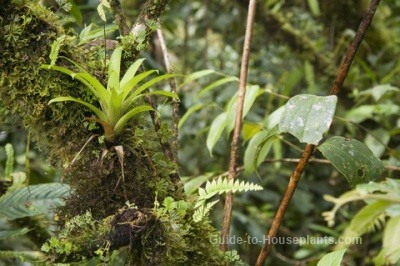
Gardens in the Air
Recognize the bromeliad perched on that tree limb? Growing as epiphytes in the Central American rainforest, bromeliads use their thick roots to anchor themselves high in the trees. They gather rainwater and nutrients in their leaves that grow in the form of an urn. These rain-storing plants are home to many living creatures such as frogs and tadpoles, insects and lizards.
Bromeliads are in the pineapple family. You CAN see the family resemblance, can't you?
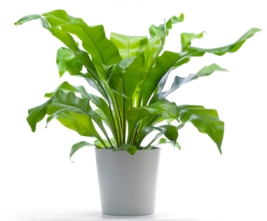
Forest Ferns
Many ferns we grow indoors are native to the humid forests of Central and South America, Asia and the Pacific Islands.
Most grow on the forest floor, where only shade-tolerant plants can survive. However, some ferns grow on tree limbs where they get some dappled sunlight.
Bird's Nest Ferns are less fussy than some and adapt well to moderate light and humidity.
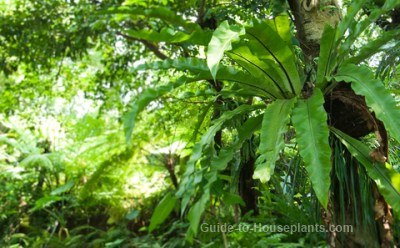
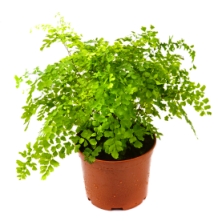
You'll find Maidenhair Fern thriving in filtered light and misty air along the wet coastal mountain ranges of Brazil.
The humidity is around 90% there. (This is why your fern's fronds get brown tips when the air is too dry!) When it drops below 50%, raising the humidity around these plants will make them happy.
It's a good idea to put Maidenhair Fern in a terrarium -- an ideal home for this moisture-loving plant.
About Tropical Rainforest Plants
Crowns of trees growing close together make up the canopy layer of the rainforest. Huge vines woven throughout the treetops help to create a thick blanket of green that filters out most of the sun's rays.
This blanket protects tropical rainforest plants from torrential downpours and harsh winds. It also protects plants from extreme heat during the day, as well as holding in the warmth at night -- just like a blanket.
Humidity and temperature don't change much, which is ideal for these types of tropical plants.
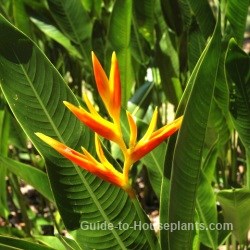
Sun Lovers
Many tropical rainforest plants in the Amazon grow along the rivers, where there is a break in the canopy, allowing more light to filter through.
Heliconia -- a relative of the banana plant -- needs lots of full sun to bloom.
Heliconia psittacorum, shown here, is one of several of the heliconia species native to Brazil and is striking with brilliant red, orange and yellow bracts.
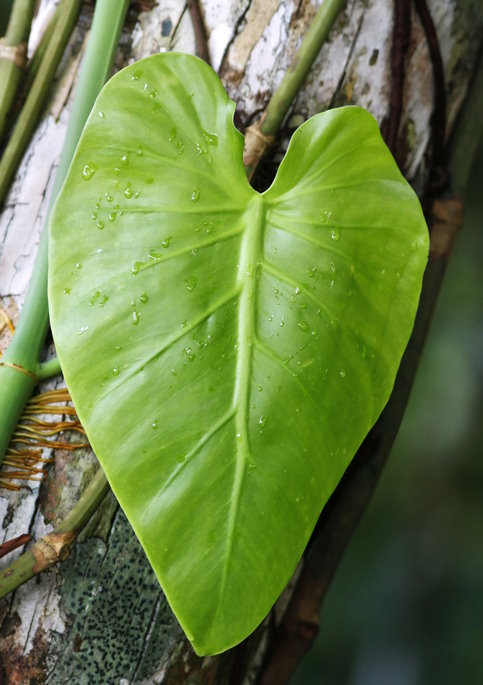 Image istockphoto
Image istockphotoTree Climbers
Some of the world's most popular foliage plants are Philodendron species. Their leaf shapes are among the most varied of any genus.
All are climbers, or at least tree lovers. Many philodendrons are vining. They will twine, clamber and climb -- anything to attach themselves to tree trunks with their aerial roots -- to compete with other tropical rainforest plants for a little ray of light.
You can train them to climb indoors by tying their vines up to a support, such as a moss pole or trellis.
Despite being tropical by nature, philodendrons are among the easiest house plants to grow. They enjoy warmth and tolerate dry conditions well.
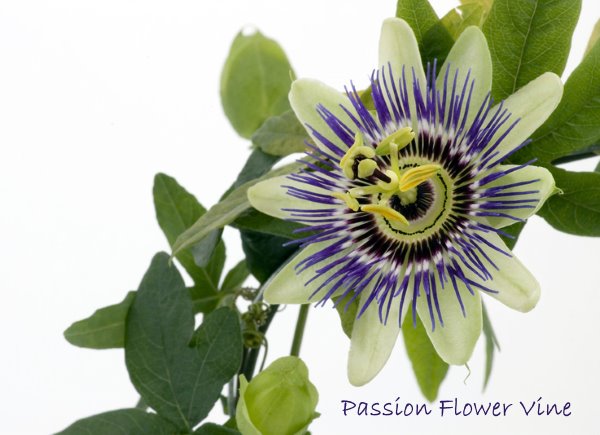
Passion Flowers climb trees and other plants in their native Brazil and Argentina. Vining plants appear strong. However, passion flowers are actually weeping plants with stems too weak to support themselves. Their tendrils will grasp at anything for climbing.
Like most tropical rainforest plants, they require high humidity to feel at home. These exotic flowers also need plenty of sun to bloom.


